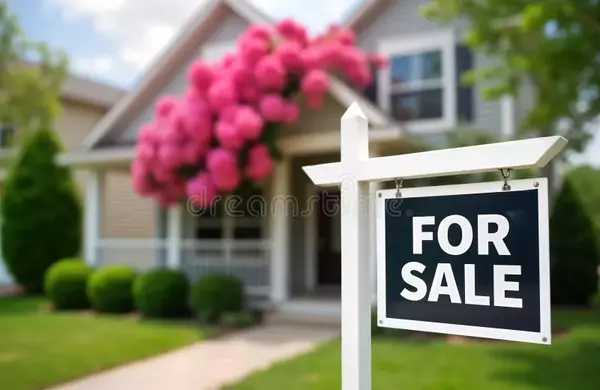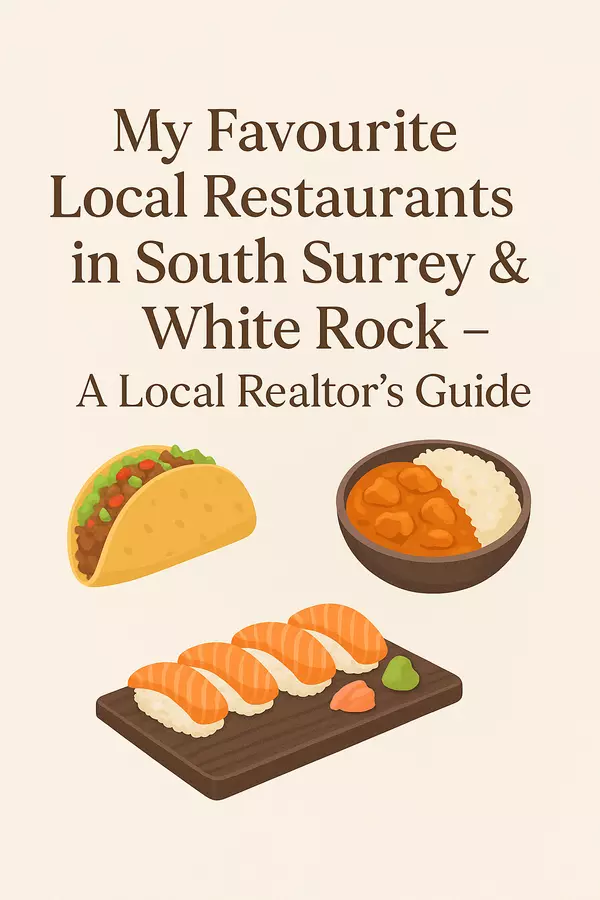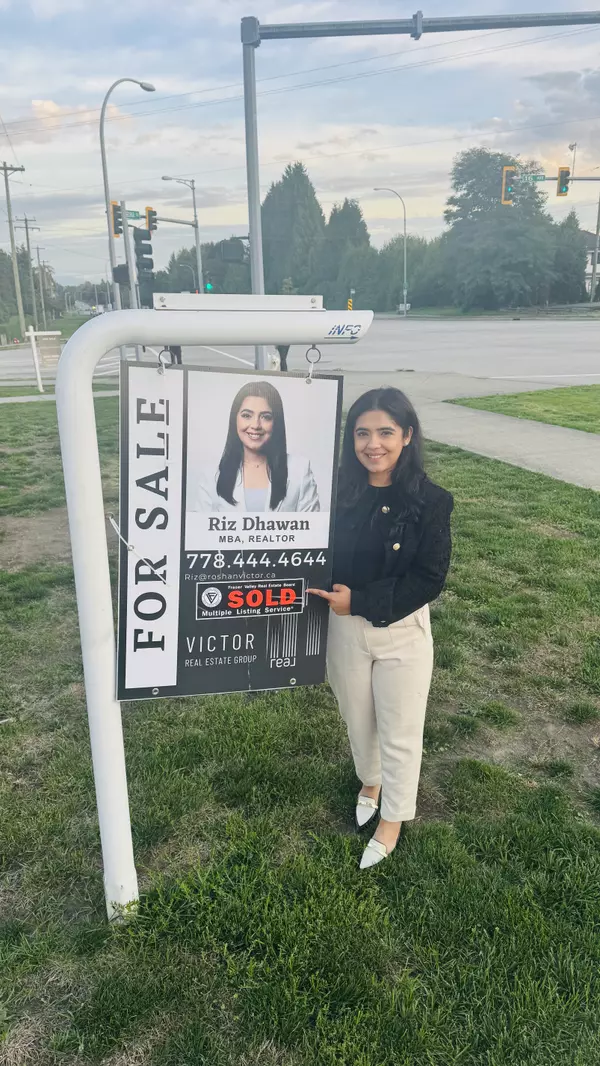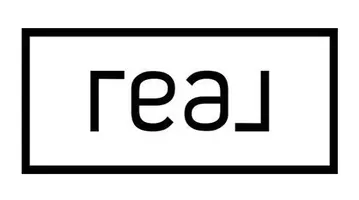How to Price your home?

Once you and your real estate agent have used the comparative market analysis to establish and estimate fair market value for your property, there are three pricing strategies you can use to attract buyers and achieve the price you want:
- Price above market value to leave room for negotiation.
- Price within market value range.
- Price below market value to encourage more potential buyers and, therefore, multiple offers.
All three strategies have their place, so let’s address the pros and cons of each, using examples of when each might be appropriate.
1. Price high to leave room for negotiation.
You might use this approach when you believe a potential buyer may want to deduct money from the list price, based on a perceived issue with the home. For example, maybe you have a condo in a solid building, but it needs a full interior renovation. Buyers may want to purchase it at the right price, but not overpay, given the work required.
By pricing a little higher, you’re sending a message that your condo is worth more because the building is in good condition. Once it’s renovated, it will be a great home. This strategy also works with unique homes – those that might be extremely attractive to the right buyer, but wouldn’t necessarily work for a more typical buyer. Sometimes, leaving room for the buyer to negotiate is a sound strategy.
The risk? Buyers don’t come to see it or those who do fail to make an offer. They don’t believe the property value matches your list price. The first week on the market is critical, because this is typically when most buyers will visit your home, make competing offers and pay full or higher than list price. The longer your home sits on the market, the less chance you’ll achieve a higher sale price. You don’t get a second chance to capitalize on the attention your home can attract during its first week on the market.
2. Price at fair market value.
This is the Goldilocks of pricing strategies. It feels good to both agents and homeowners because it’s straightforward, honest and works for any property, in any market. In the best-case scenario, your price is reasonable, the market is strong and you still attract more than one offer, in which case you may sell for more than your list price.
It’s also possible that a fair market value price yields just one offer. When the comparables support your list price, you can negotiate a matching sale price – or a result that’s close enough to satisfy your goals.
The third possibility is that your right-priced home takes a little more than a week to receive an offer. Your agent can still negotiate and achieve full list price or very close to it, as long the comparables support your numbers and the market hasn’t dramatically slowed, putting downward pressure on prices.
The main risk here is missing the frenzy that a lower price can create. You may leave some money on the table. The property may not sell as quickly, either, which matters more to some sellers than to others, for a variety of reasons.
3. Price below your market value estimate in an effort to spark a bidding war.
This strategy is often used in busy markets that favour sellers. It’s the approach an agent has used when you see a headline like, “Home sells for $500K over asking price.”
In this case, the buyer probably didn’t lose their mind and offer $500,000 over fair market value. Instead, the seller and their agent priced the home $400,000 below their fair market value estimate, 43 buyers wrote offers and one highly motivated buyer paid $100,000 over the estimate. The final sale price exceeded what the other two pricing strategies might have achieved. And this is why pricing low to attract multiple offers is a popular approach in a seller’s market.
A sharp price is often effective in markets where buyers and agents are accustomed to bidding wars. For example, Greater Vancouver typically favours sellers because of our low supply of homes and the near-constant demand. It works well with single-family homes, where fair market value is easier to ascertain. Using lot size, property age, renovations and layout, we can quickly find comparable properties. The scarcity of land is also enticing to many buyers. We’re confident in a busy market that if we choose to price low, the market will respond in a predictable fashion and the bet will pay off.
The risk to this approach is that if you list below your estimated market value range and you end up with just one offer or even two at full price, you still haven’t met your expectations. The buyers didn’t offer over your asking price. Then you’re left with less-than ideal choices, such as:
- Work with the offers (or one of the offers), negotiate for the best price possible and accept the result – even though it isn’t what you hoped for. You may feel like a higher list price could have nudged you into a higher sale price.
- Don’t accept an offer. Wait for a more motivated buyer, or multiple buyers, to come along. But remember – the offers you receive during the first week represent your best chance at a bidding war. If you price low, set an offer date and the frenzied competition doesn’t materialize, it becomes increasingly less likely to happen at all.
- Take your home off the market for a period of time and re-list closer to the price you want to achieve.
Credit- REW
Categories
Recent Posts












